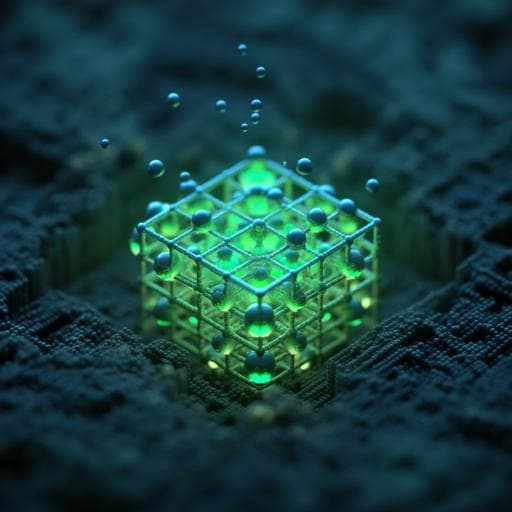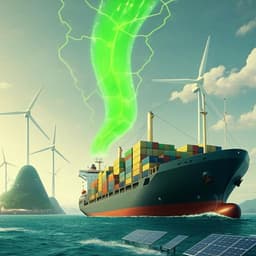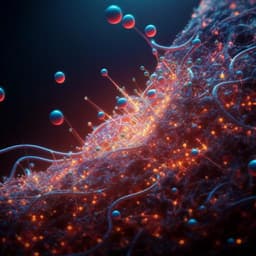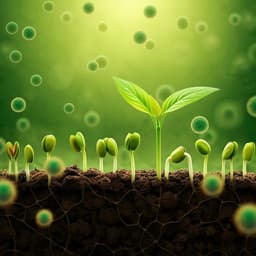
Chemistry
Solid solution for catalytic ammonia synthesis from nitrogen and hydrogen gases at 50 °C
M. Hattori, S. Iijima, et al.
This groundbreaking research by Masashi Hattori, Shinya Iijima, Takuya Nakao, Hideo Hosono, and Michikazu Hara introduces a revolutionary low-temperature ammonia synthesis method using the stable catalyst cubic CaFH, achieving ammonia production at just 50 °C with an astonishingly low activation energy of 20 kJ mol⁻¹. A new era of energy-efficient catalysis is on the horizon!
~3 min • Beginner • English
Related Publications
Explore these studies to deepen your understanding of the subject.







